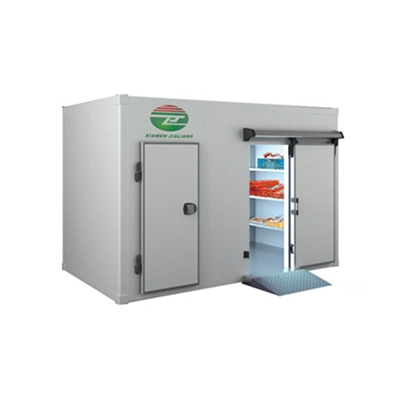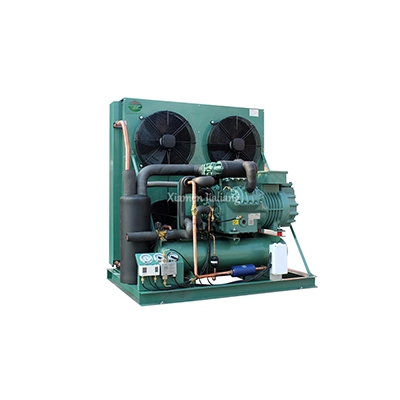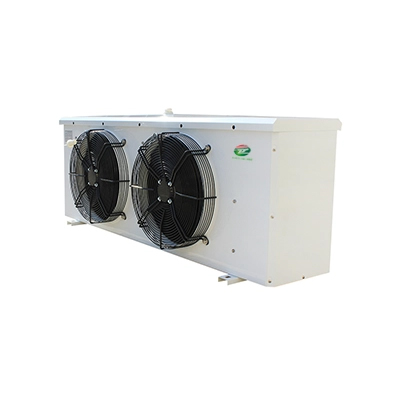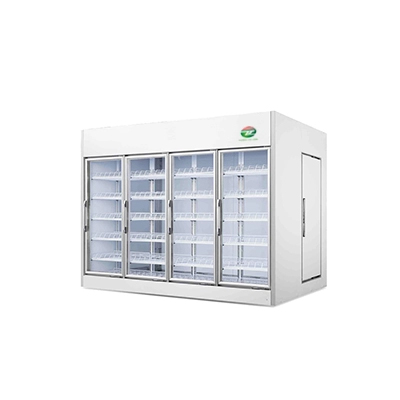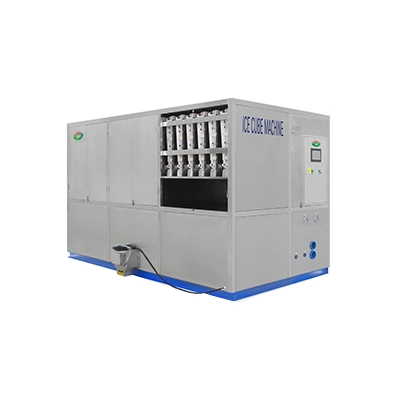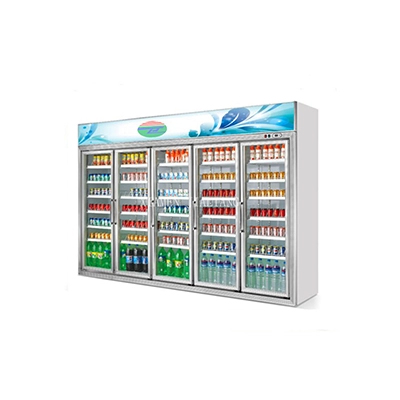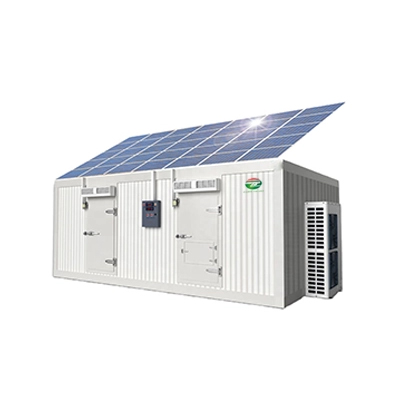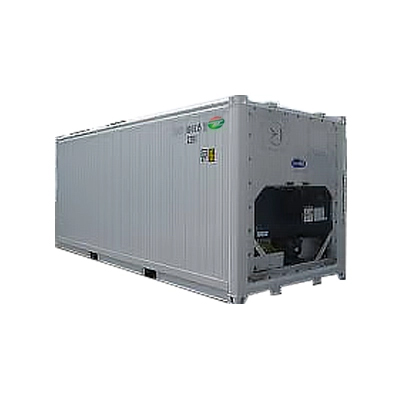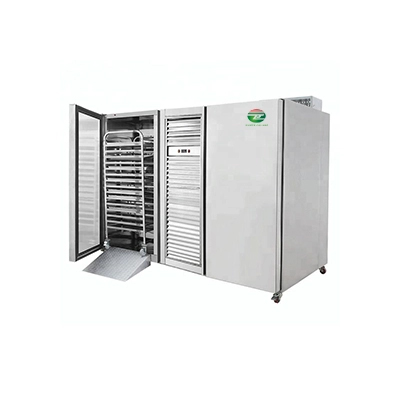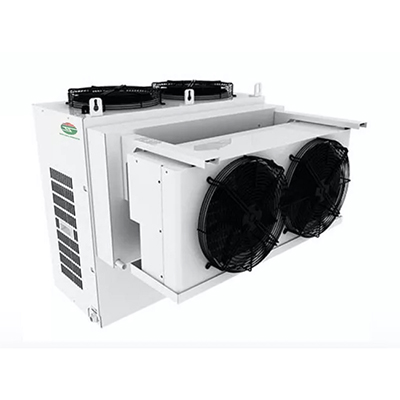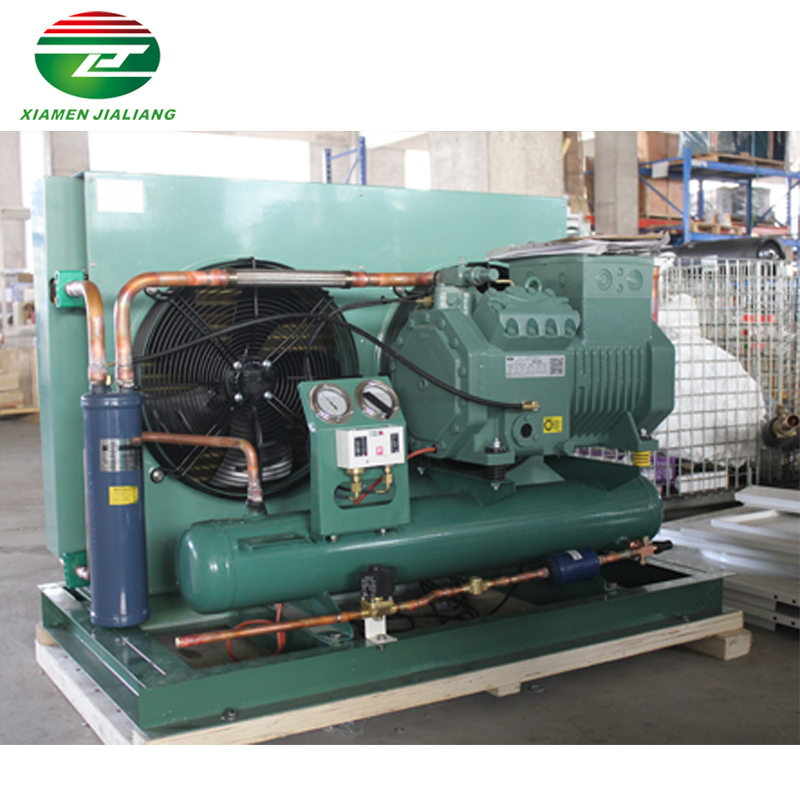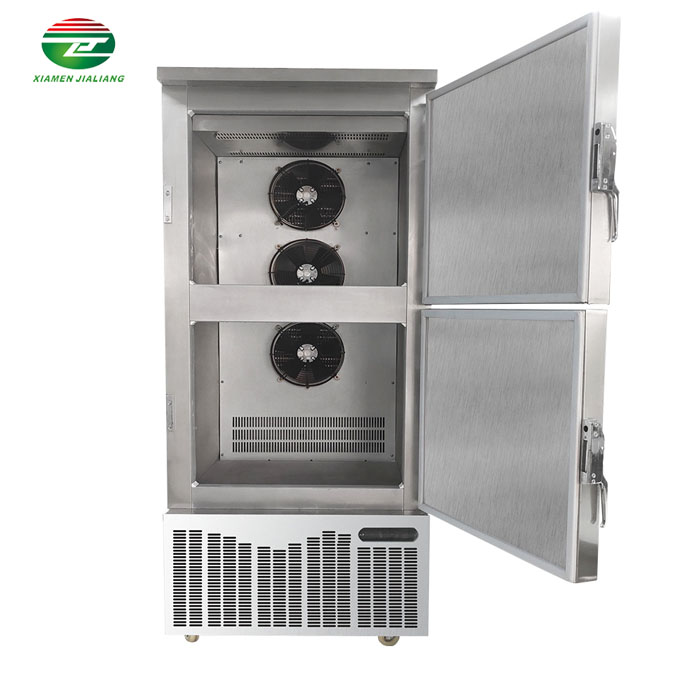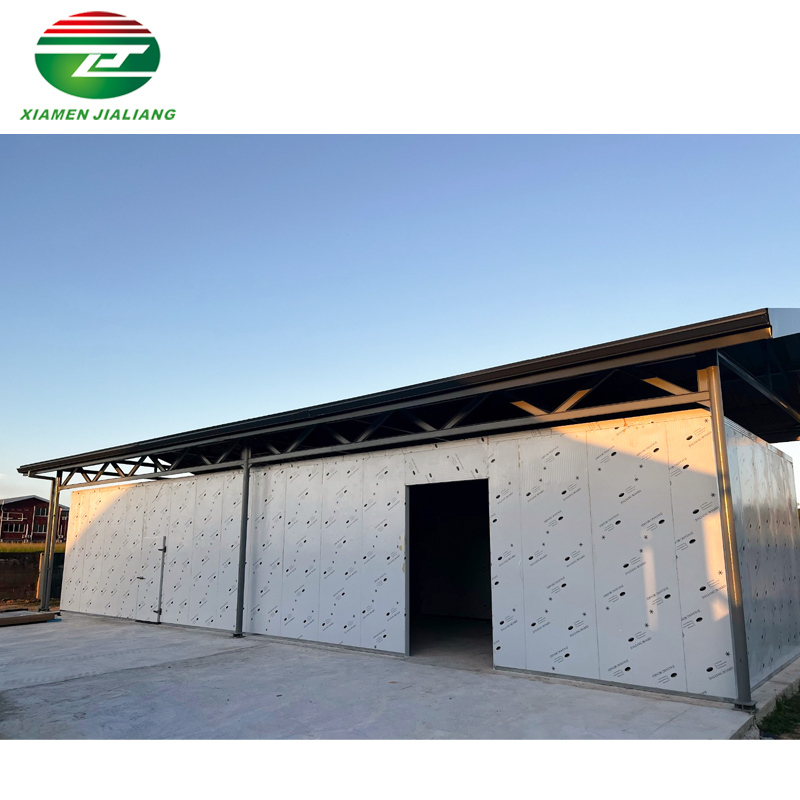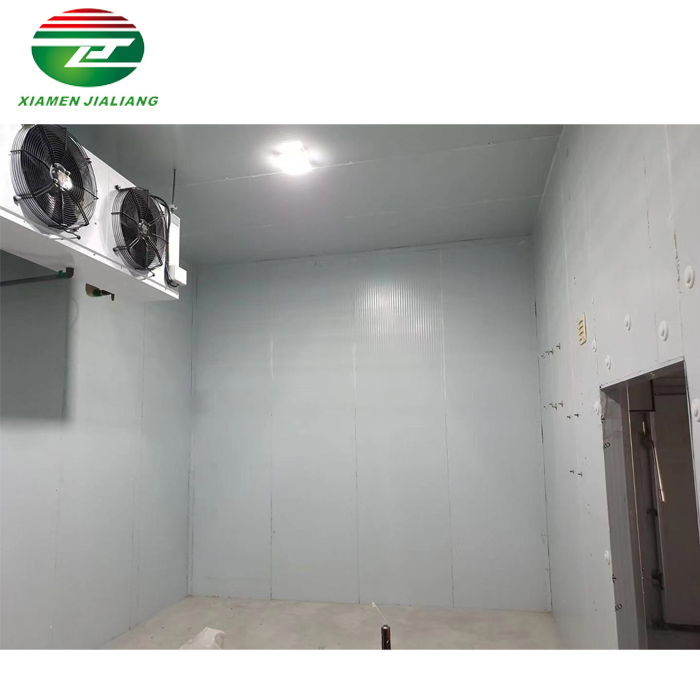The development of cold storage technology: the future of environmental protection and energy efficiency
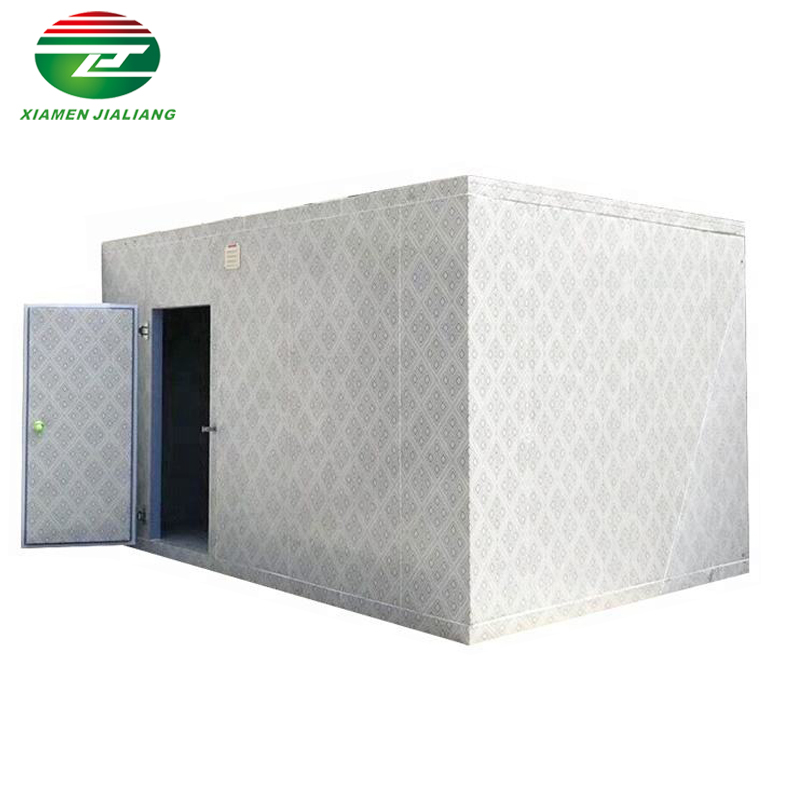
In today's world, where environmental protection and energy efficiency are of utmost importance, the development of cold storage technology plays a crucial role. Cold storage technology has come a long way since its inception, evolving to meet the ever-growing demand for efficient and sustainable solutions. This article explores the evolution of cold storage technology and its promising future in terms of environmental protection and energy efficiency.
The Evolution of Cold Storage Technology traces the progression of this technology from conventional methods to cutting-edge innovations. It delves into the historical background of cold storage, highlighting the challenges faced and the solutions implemented to overcome them. As industries have grown and global supply chains have expanded, the need for more sophisticated cold storage systems has become evident. This article examines the advancements in insulation materials, refrigeration systems, and automation technology that have revolutionized cold storage.
Looking ahead, The Future of Cold Storage Technology discusses the potential of emerging trends and technologies in this field. With the increasing focus on sustainability and reducing carbon footprints, cold storage technology is expected to play a significant role in achieving these goals. The article explores the integration of renewable energy sources, such as solar and wind power, into cold storage facilities, as well as the use of energy-efficient refrigerants and smart monitoring systems.
In conclusion, the development of cold storage technology has paved the way for a more environmentally friendly and energy-efficient future. As industries continue to prioritize sustainability, cold storage technology is set to play a crucial role in meeting these objectives. By embracing the advancements in this field and leveraging emerging trends, businesses can not only reduce their environmental impact but also optimize their operations for enhanced efficiency. Stay tuned as we delve deeper into the evolution and future of cold storage technology, uncovering the innovative solutions that will shape the industry moving forward.
The Evolution of Cold Storage Technology
Cold storage technology has come a long way since its inception. From simple ice houses to modern-day cold rooms, the evolution of cold storage technology has revolutionized various industries, such as food and pharmaceuticals. These advancements have not only enhanced the quality and safety of perishable goods but also extended their shelf life, ensuring a steady supply even in remote areas.
One of the key milestones in the evolution of cold storage technology was the development of the first mechanical refrigeration system in the mid-19th century. This innovation replaced traditional methods like ice harvesting and storage, allowing for more efficient cooling and preservation of goods. With the invention of the mechanical refrigeration system, cold rooms became a reality, providing large-scale storage facilities for perishable items.
Over time, cold room technology has continued to evolve, incorporating various features to improve efficiency and functionality. These modern cold rooms are equipped with advanced temperature control systems, ensuring precise regulation of temperatures to meet specific storage requirements. Additionally, they are designed with insulation materials that prevent heat exchange, maintaining a consistent and optimal environment for the stored goods.
The use of cold rooms has become prevalent in industries where temperature-sensitive products are involved. In the food industry, cold rooms are crucial for preserving the freshness and quality of perishable items, such as fruits, vegetables, dairy products, and meats. These controlled environments prevent bacterial growth, slowing down the natural decay process and extending the shelf life of the products.
Similarly, the pharmaceutical industry heavily relies on cold storage technology to maintain the efficacy of drugs and vaccines. Cold rooms provide the necessary conditions to store medications at specific temperatures, ensuring their potency and effectiveness. This is particularly crucial for vaccines that require strict temperature control to remain viable.
Furthermore, cold storage technology has also found applications in other sectors, such as horticulture and floriculture. Cold rooms are used to store flowers, allowing them to retain their freshness and beauty for longer periods. In horticulture, cold storage facilitates the preservation of seeds and plants, enabling farmers to maintain a steady supply of quality crops.
The Future of Cold Storage Technology
The future of cold storage technology is rapidly evolving, revolutionizing the way we preserve and store perishable items. Cold rooms, in particular, have emerged as a game-changer in this field. These technologically advanced spaces provide a controlled environment where temperature and humidity can be adjusted according to the specific needs of the stored items.
One of the key advancements in cold storage technology is the implementation of smart sensors and Internet of Things (IoT) devices. These sensors monitor and regulate the temperature, humidity, and other vital parameters within the cold rooms. This not only ensures optimal conditions for the stored items but also enables real-time monitoring and remote control capabilities. With the help of these sensors, any fluctuations or deviations can be detected and rectified promptly, reducing the risk of spoilage or damage.
Another significant development in cold storage technology is the use of advanced insulation materials. These materials offer improved thermal efficiency, minimizing energy consumption and reducing carbon footprint. Additionally, innovative cooling systems, such as evaporative cooling and cryogenic refrigeration, have been introduced to enhance the overall efficiency of cold rooms. These advancements not only contribute to sustainability efforts but also lead to substantial cost savings for businesses operating these facilities.
Furthermore, automation and robotics have found their way into cold storage technology, streamlining operations and improving productivity. Automated storage and retrieval systems (AS/RS) enable efficient and organized handling of goods, minimizing human error and maximizing space utilization. Robotic arms and automated guided vehicles (AGVs) are also being deployed for tasks like picking, packing, and sorting, further optimizing the cold storage processes.
Conclusion
The evolution of cold storage technology has revolutionized industries by providing efficient and reliable storage solutions. Mechanical refrigeration systems and sophisticated cold rooms have improved the quality, safety, and shelf life of perishable goods. Cold rooms can precisely regulate temperatures and create controlled environments, making them indispensable for preserving the freshness and efficacy of food, pharmaceuticals, and other temperature-sensitive products. The future of cold storage technology holds immense potential, with advancements in IoT, insulation materials, automation, and AI making cold rooms more efficient, sustainable, and cost-effective. These state-of-the-art facilities allow businesses to preserve perishable items with utmost precision and reliability. The continued evolution of cold storage technology is exciting and will have a significant impact on various industries.

